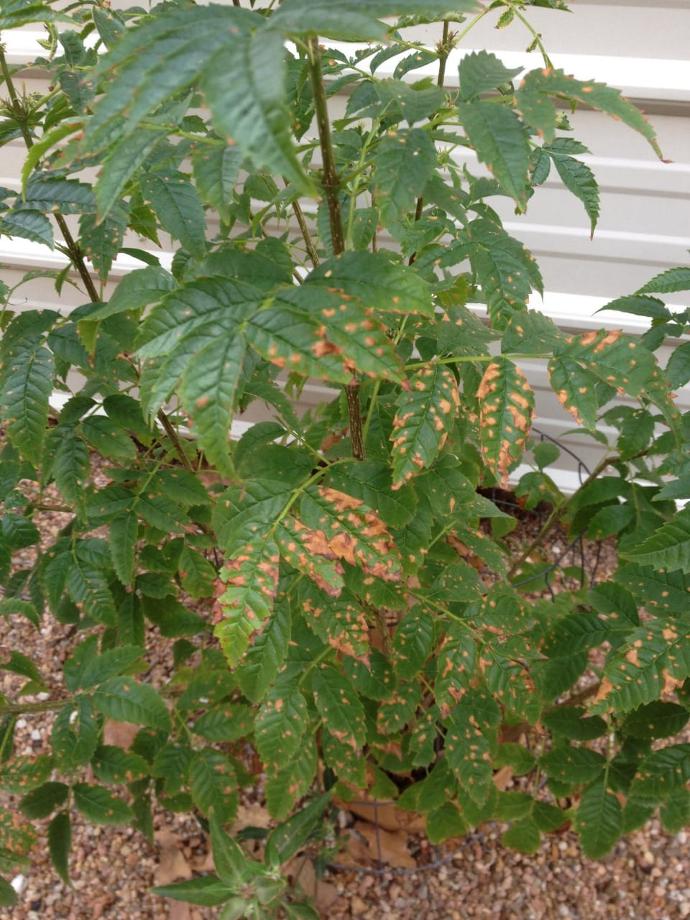Suvarna Ganneru Plant
Suvarna Ganneru, possibly referring to a specific plant variety, may have varying care requirements. Generally, provide well-draining soil, appropriate sunlight, and regular watering. Pruning and fertilizing practices may vary based on the specific characteristics of this plant.

Habit
Tree
Height
5-10 m
Growth
Fast
Soil
Well Drained, loamy
Shade
Full Sun
Moisture
Moist
Edible
No
Medicinal
No
Origin
Southeast Asia
Climatic Condition
Tropical
Temperature (°)
25-30°C
Humidity (%)
60-80%
Potting media
Loamy, peat
Fertilizers
Organic, balanced NPK
Watering
Regular
Plant Weight
1-5 kg
Flowering Time
Summer, Fall
Soil Ph level
6.0 - 7.0
Water Ph level
6.0 - 7.5
Soil EC
1-2 dS/m
Yield Per Plant
Edible, ornamental
NPK ratio
10:10:10
life Span
Perennial
Health Benefits
Edible fruits, ornamental
Suggested Grow Media or Potting Mix ?
40% compost, 30% peat moss, 30% perlite
Suggested Fertigation/Fertilizers
Fertilize every 2 weeks with a balanced, water-soluble fertilizer.
Common Diseases and Remedies
Leaf spot
Reddish brown spots on leaves .
Remove infected plants .
HEALTH BENEFITS
· Highly toxic; medicinal uses require caution.
· Traditionally used in Ayurvedic medicine for treating skin issues.
What Is Suvarna Ganneru?
Peltophorum is a popular ornamental tree that is native to tropical Southeast Asia and cultivated all over the world.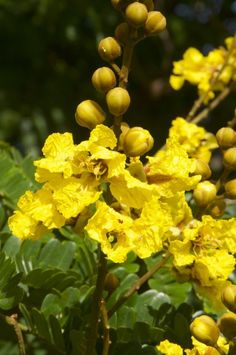
What Are The Different Types Of Suvarna Ganneru
Peltophorum africanum:
is a semi-deciduous to deciduous flowering tree that grows to about 15 meters in height. Their homeland is Africa south of the equator. The yellow flowers bloom in showy clusters that grow upright at the tips of the branches.
Peltophorum dasyrhachis:
is a flowering deciduous tree that grows up to 30 meters in height. This plant comes from Southeast Asia (Cambodia, Indonesia, Laos, Malaysia, Thailand, Vietnam) and was introduced to Africa (Ivory Coast, Sierra Leone, Tanzania, Uganda).
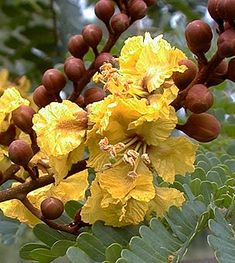
How To Care Suvarna Ganneru
Location
Outdoor Used as a decorative flower during the Bathukamma festival in Telangana. This tree is planted alternately in India as a common scheme for street trees in India, and Delonychus regia ( Poinciana) was planted alternately.
Sunlight
This tree grows in full sun and tolerates a variety of soils, including clay. clay; sandy; sour; sometimes wet. Alkaline; good permeability.
Soil
Peltophorum pterocarpum is propagated by seeds, grafts or branch cuttings. It is best to grow seedlings in a nursery for a year before planting them in the field. Prefers light to moderately well-drained alkaline soils, but can also tolerate clay soils.
Hydration
Peltophorum Pterocarpum requires full sunlight and moderate irrigation. Established plants tolerate very dry alkaline soils, but can also tolerate clay soils. These plants tolerate moderate salinity in the soil.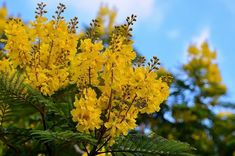
Issues
A review of the literature reveals that this plant is traditionally used to treat unhealthy skin, ringworm, constipation, insomnia, and canker sores. The leaves, bark, and wood of P. pterocarpum contain tannins.
Nourishment
Pterocarpum is a fast growing tree with potential for use in afforestation. Nitrogen fixation: It has the ability to fix nitrogen. Soil conditioner: Copper pods are a raw material for green manure. Ornamental Tree: Yellow frame is a very beautiful and elegant ornamental tree. The beautiful golden flowers can also be used as cut flowers.
What Are Benefits Of Suvarna Ganneru?
Peltophorum pterocarpum is used as food. Because the bark contains tannins, it can also be used as a dye to give leather a pale yellow color. Tannins are also found in leaves and wood. In Java, this dye is used for batik work.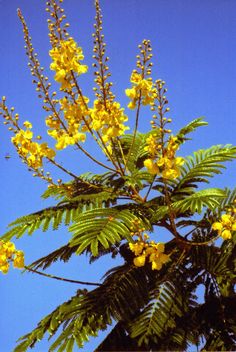
FAQs About Growing Suvarna Ganneru
What is the Indian Yellow Flame Tree?
The Peltophorum tree is commonly cultivated as an ornamental tree in tropical regions. Peltophorum is sometimes called the yellow flame tree because of its profusion of bright yellow flowers in summer.
What are the flowers of Indian Peltoforme?
The flowers are yellow and bloom in large compound clusters, 2.5-4 cm in diameter and up to 20 cm long. The size of pollen is approximately 50 micrometers. The fruit is a 5-10 cm long and 2.5 cm wide pod that is initially red but turns black when ripe and contains 1-4 seeds. The tree begins to flower after about 4 years.
What is Peltophorum used for?
Peltophorum pterocarpum is used for food. Because the bark contains tannins, it can also be used as a dye to give leather a pale yellow color. Tannins are also found in leaves and wood. In Java, this dye is used for batik work.
What is the common name of the peltophorum tree in India?
Peltophorum pterocarpum - Copper pod. Copperpod is sometimes called yellow flame tree because its fern-like leaves resemble gulmohar leaves. It is a very beautiful tree with a spreading crown consisting of many branches with pinnate leaves similar to mimosa, and many bright yellow flowers.
What is Cobra Saffron Flower?
Mesua ferrea, Ceylon Ironwood or Cobra Saffron is a species of Calophyllaceae native to the Indo-Malay Empire. This slow-growing tree is named for the weight and hardness of its tone.

